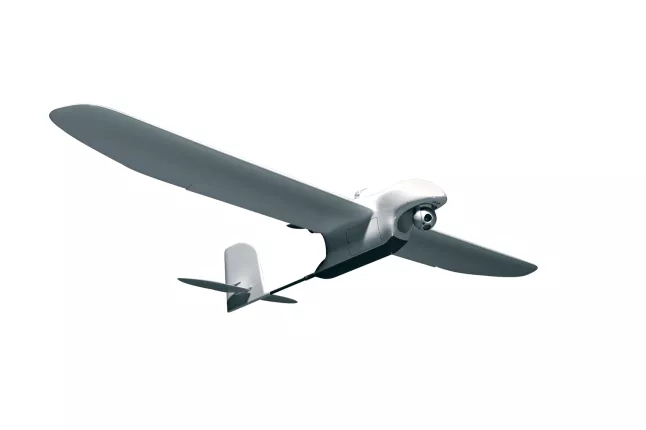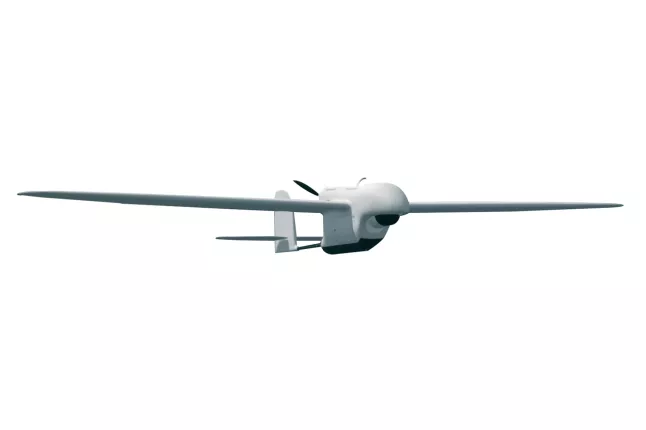Spy'Ranger 330 and 550 fixed wing contact drones
Combat Proven
The Spy'Ranger fixed wing contact drones have proved their worth in combat. As part of the French SMDR (Systèmes de Mini-Drones de Reconnaissance) programme, the French Army's Spy'Ranger 330s have carried out numerous missions alongside French forces since the end of 2020, contributing to the success of military operations and protecting soldiers during the French Barkhane operation in Mali.
With more than 2,000 flights and over 2,000 flying hours in overseas operations, the Spy'Ranger 330 has accumulated unrivalled experience.
After a period of learning and adaptation, the French army has gradually increased the SMDR's objectives, dedicating it to missions involving observation of enemy movements, surveillance of empty zones and routes, detection of enemy fire and Improvised Explosive Devices (IED), protection of convoys and disembarked combatants, day/night intelligence, BDA (Battle Damage Assessment) and the provision of coordinates for friendly fire guidance.
“
"These mini-UAV systems are part of our strategy to augment key functions including intelligence capabilities. They are agile, efficient and easy to use, and their arrival is excellent news for the French forces."
Spy'Ranger 330 and 550
Common features
Key points
UAV in composite material with electrical motor
High datarate Datalink, reliable, cyber secured and resisting against jamming
User-friendly C2 UAV Management System
Compliant with desert, mountain and harsh environments
Certification
Compliant with STANAG 4609 (digital motion imagery)
Design certifiable to STANAG 4703
Missions, Training & Deployment
4 week training
Deployment without tool in less than 15 mn by 2 operators
Take off with light ramp and bungee cord
Flight of 2 planes simultaneously with the same GCS
Combat proven
Made in France
Spy'Ranger 330 key figures
Spy'Ranger 330

Mini ISR UAV
Mission
Intelligence, Surveillance, Reconnaissance (ISR)
Artillery Support, Battle Damage Assessment
Design
IMINT: High Definition EO & IR sensors, Laser pointer, Laser Range Finder
SIGINT: IMSI catcher (mobile phones, LTE)
Operation
Worldwide customers (including French Land Forces)
Combat proven UAV system (Africa, Middle-East, East-Europe)
More than 2,000 flights/3,000 hours in combat
Spy'Ranger 550 key figures
Spy'Ranger 550

Light Tactical UAV
Mission
Intelligence, Surveillance, Reconnaissance (ISR)
Artillery Support, Battle Damage Assessment
Design
IMINT: High Definition EO & IR sensors, Laser pointer, Laser Range Finder
SIGINT: IMSI catcher (mobile phones, LTE)
Operation
Middle-East customers
Combat proven UAV system (Middle-East)